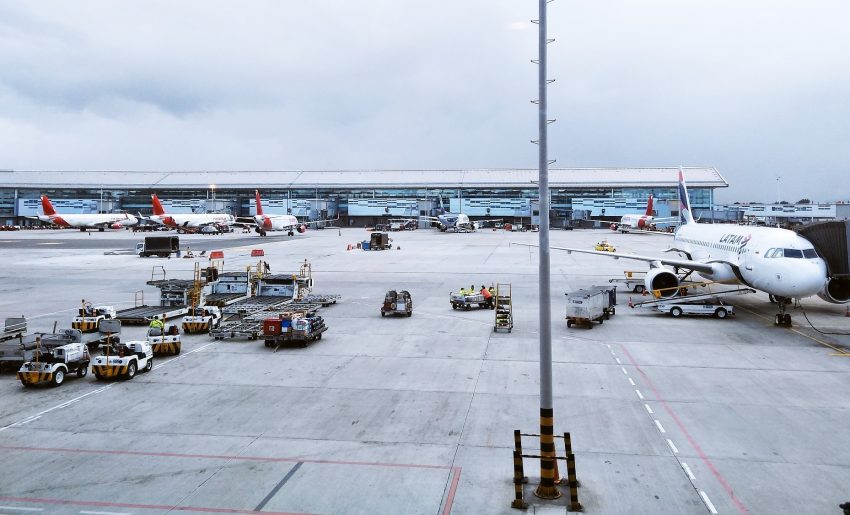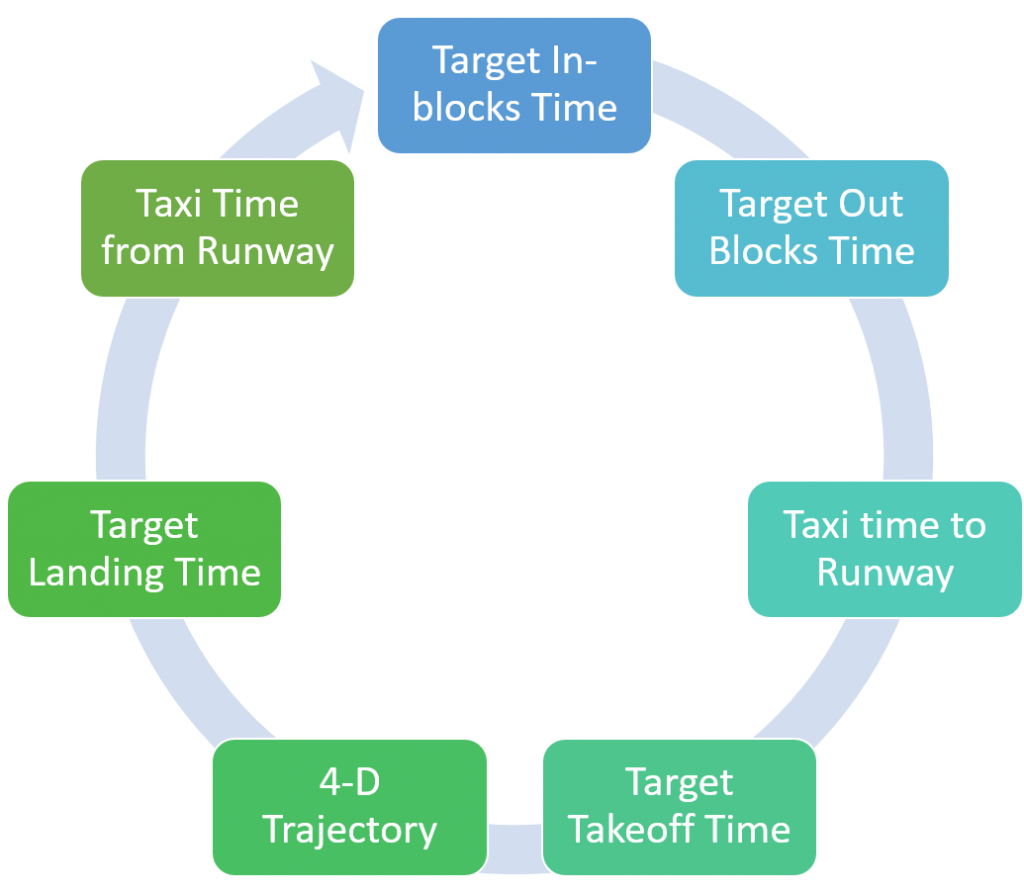Coordinating a flight successfully means that aircraft, crews, passengers and cargo must all be in the right place at the right time. Doing that over 100 000 times daily is an intricate ballet of resources, processes and procedures. One miscommunication can have major repercussions. Can collaboration under ICAO’s Global Air Navigation Plan effectively synchronise departures, route trajectory and arrivals?
[blockquote text=”The domino effect of unforeseen delays wreaks havoc for all stakeholders” text_color=”#004361″ show_quote_icon=”yes”][vc_separator type=’transparent’ position=’center’ color=” thickness=’5′ up=” down=”]
An Ideal Scenario
Consider an incoming flight to a busy airport with constrained capacity like New York’s JFK. As the flight arrives, its assigned gate is occupied. Tarmac delays can cause passengers to miss connections. They disrupt carefully choreographed ground handling, refuelling and other turnaround activities. Pilots and crew may exceed allowable hours without rest. The domino effect of unforeseen delays wreaks havoc for all stakeholders.
Now imagine that same flight if the gate availability is managed to a high degree of fidelity and communicated effectively to all. The incoming flight has a target in-block time at JFK even before it departs. The target landing time is then set using a reliable taxi-in time based on historical performance and expected conditions.
The airline and ATM collaborate to determine a 4D trajectory that navigates the aircraft to the arrival runway at the appointed time. The trajectory considers weather conditions, ATM resources, sector capacities and demands, business objectives, minimising noise nuisance and greenhouse gas emissions, and more.
With arrival and route targets determined, milestones for the departure process can be set. Using our trajectory’s planned take-off time and a reliable taxi-out time prediction, we can now provide our flight with a target off-block time at the departure airport that leads to the target landing time at JFK.
Cross-functional Coordination
That scenario is the aviation industry’s aspiration for the International Civil Aviation Organisation’s Global Air Navigation Plan, or GANP. As it evolves, what I find most exciting is the potential that full integration of airport operations into the world’s air navigation system opens up.
Information-sharing reduces the inward focus for both, such as when ATM does not consider turnaround limitations when assessing anticipated demand, for example.
We have the technology to share flight parameters with all stakeholders to enable trajectory-based operations and justify network-level decisions. Making use of it requires cross-functional collaboration on multiple levels.
Sharing the benefits
Airport Collaborative Decision Making (A-CDM) is helping airports manage turnaround processes and share information regarding throughputs on both airside and landside. Soon, it will even include elements of the transportation bringing passengers to the airport. Within a few years, apps will tell passengers when to leave to arrive at their gate on time.
On the air navigation side, States and their ANSPs need to share information on infrastructure, demand and capacity in standardized digital formats (System Wide Information Management or SWIM). ATM must also continue to become more strategic. Network Operations using Air Traffic Flow Management (ATFM) to optimise sector capacity will complement air traffic controllers who ensure safe aircraft separations. Algorithms and tools such as Departure Management (DMAN) and Arrival Management (AMAN) can continue to provide reliable estimates of in-block times and target off-block times for airports and ATM.
Finally, with the appropriate information and tools, airlines can better prioritise flights into constrained airports and manage departures from outlying airports. This helps them achieve business goals within the available resources and system capacities.
These are exciting developments for the aviation industry, as technology and information management offer new ways to manage flights efficiently. The challenge will be to embrace this broad vision and leave traditional silos behind in favour of a shared, collaborative approach.
About To70. To70 is one of the world’s leading aviation consultancies, founded in the Netherlands with offices in Europe, Australia, Asia, and Latin America. To70 believes that society’s growing demand for transport and mobility can be met in a safe, efficient, environmentally friendly and economically viable manner. To achieve this, policy and business decisions have to be based on objective information. With our diverse team of specialists and generalists to70 provides pragmatic solutions and expert advice, based on high-quality data-driven analyses. For more information, please refer to www.to70.com.


